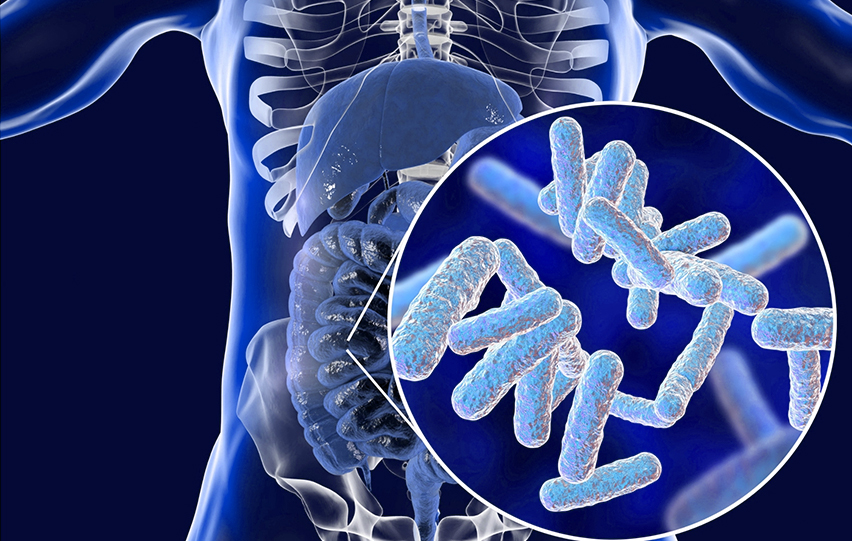Scientists at the University of Copenhagen have designed a new way to map the intestines and its bacteria by combining the use of artificial intelligence and feces, said Science Daily. This is an effort to find the connection between intestinal flora, and diseases, and medical conditions.
The researchers are looking at the potential of the estimated 500 to 1000 species and an estimated number of around 100 billion bacteria in the human intestine in addressing some medical conditions such as diabetes, overweight, autism, and depression among others.
Intestinal flora work with the immune system to protect the body. Moreover, an imbalance with these florae is linked to the development of alimentary tract chronic disease.

Associate professor Simon Rasmussen said, “In recent years, we have discovered that bacteria have a great impact on the body. A lot of research is being done within this field, but we still have not identified all the bacteria found in and on the human body.”
Rasmussen leads a research team at the Novo Nordisk Foundation Center for Protein Research. He is optimistic that the technique his team developed will help in understanding the connection between the microorganisms and some ailments.
He added, the presence of bacteria is vital to the immune system, and this is true not least of intestinal bacteria. But the problem is that it is very which they often deeply depend on in order to survive.
“Now, we have developed a method that uses artificial intelligence to help us identify the bacteria found in and on the human body. This will give us an idea of how they work together and what happens when we fall ill.”
Artificial intelligence will be used to study microorganisms that come with intestinal by-products, specifically feces. According to the researchers, one gram of feces contains around one billion different species.
This method also poses advantages for other bacterial studies other than those found in feces. It can be used in polluted soil and watercourses, and their connection with microorganisms.
However, Rasmussen said that “the algorithm can not only be used to study bacteria.” It can also be used to “analyze health data” to “[increase] knowledge of specific diseases.”
The collected information can be used to increase data about the patient group such as genetics, blood substances, protein composition, and electronic records. This data can then be used to identify patterns and connections.
















